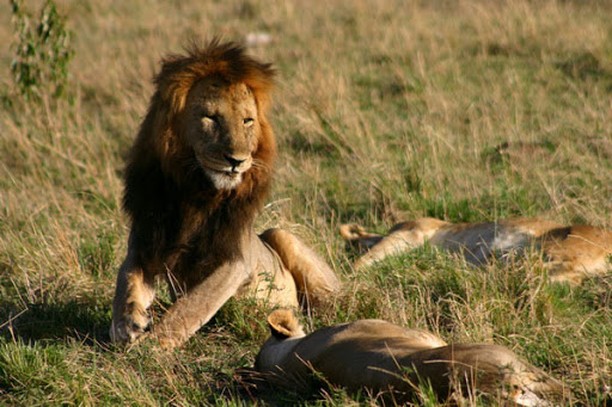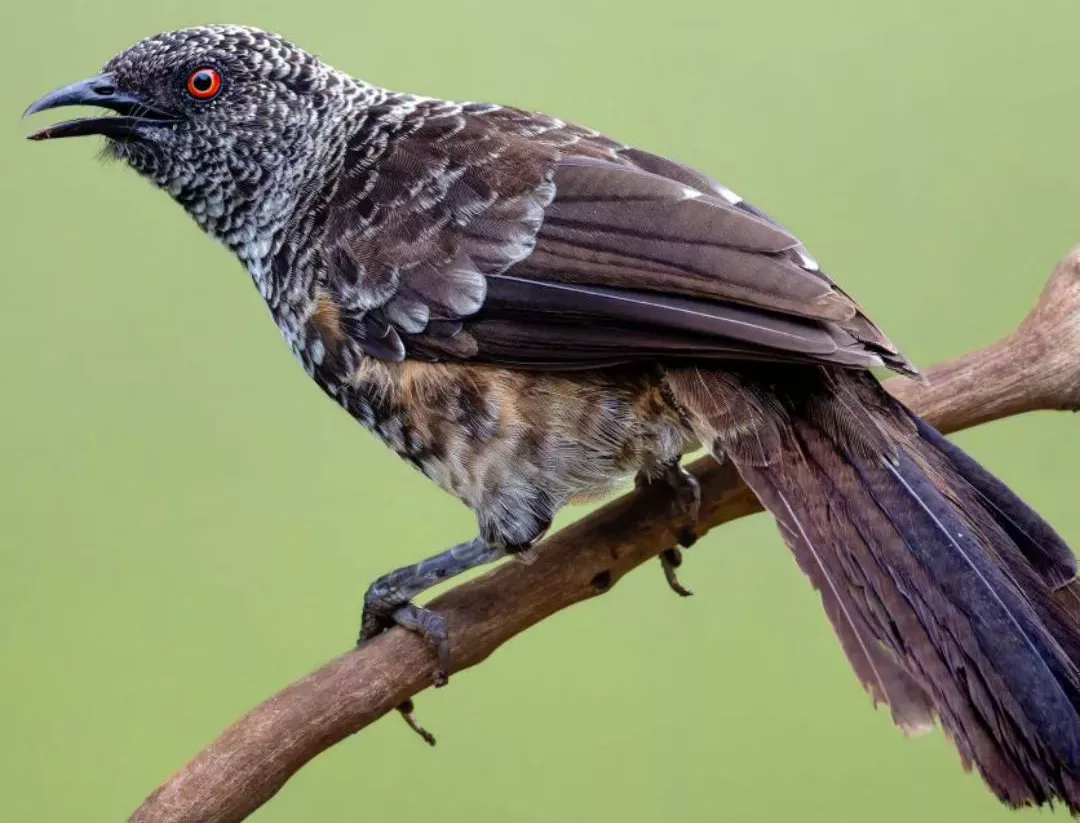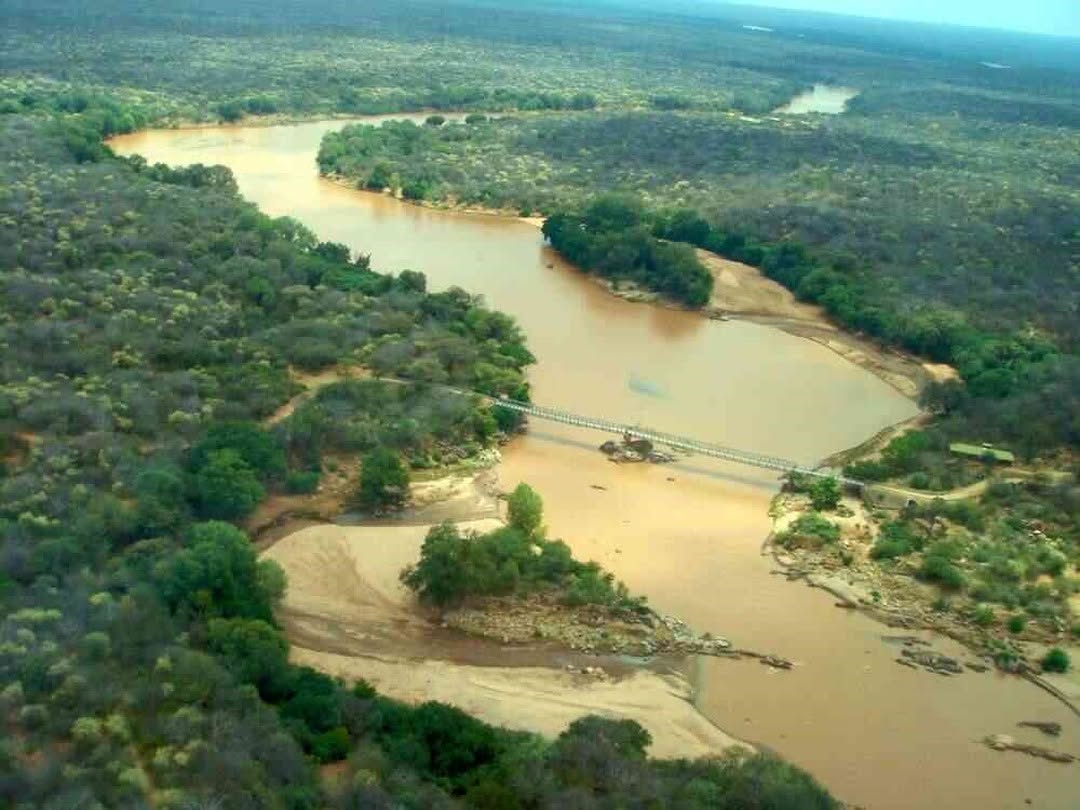The wildlife in Kora National Park is famously connected to the conservationist George Adamson, who rehabilitated lions within its boundaries. The park is part of the greater Meru Conservation Area, a vast ecosystem in Northern Kenya that supports a diverse range of species adapted to its semi-arid environment.
The wildlife viewing experience in Kora is different from that in Kenya's more famous savannah parks like the Masai Mara. The dense acacia bushland and rugged terrain mean that animal sightings require more patience and skill to find.
This creates a more rewarding safari experience for adventurous travelers seeking solitude. Kenya Peaks Adventures can arrange specialized trips to this remote wilderness.
Big Cats and Other Predators in Kora

Kora National Park supports a healthy population of apex predators, though their elusive nature makes sightings a unique challenge. The park's conservation legacy is built on the story of its lions. George Adamson's work here cemented its reputation as a critical lion habitat, and the park continues to play a role in the long-term protection of the species in Northern Kenya.
Leopards are also present, often found in the rocky inselbergs that dot the landscape. Cheetahs can be seen in the more open plains, while both spotted and striped hyenas are common. There have also been occasional sightings of the highly endangered African wild dog, which uses the vast Meru-Kora ecosystem as part of its range.
German national parks like the Bavarian Forest are known for the reintroduction of predators such as the Eurasian lynx. A safari in Kora National Park provides an opportunity to see Africa's original apex predators, including lions and leopards, in their natural, untamed habitat.
Elephants and Large Mammals
Kora National Park provides a vital habitat for large and diverse herbivore populations. Elephants are a common sight, particularly during the dry season when herds gather along the banks of the Tana River, the park's primary permanent water source. The river itself supports significant populations of hippos and crocodiles.
The park is also an excellent destination for seeing a variety of antelope species that are well-adapted to the semi-arid environment. These include the elegant lesser kudu and the long-necked gerenuk, which can often be seen standing on its hind legs to browse on acacia bushes. More common species like waterbuck and impala are also present in healthy numbers.
For comparison, a visit to a German national park might offer sightings of large native mammals like red deer or wild boar. The experience in Kora is on a different scale, giving you the chance to see true African megafauna, including large herds of elephants, moving through a vast, unfenced wilderness.
Birdlife of Kora National Park

Kora National Park is a rewarding destination for birdwatching, with over 400 species recorded within its boundaries. The park's diverse habitats, from the riverine forest along the Tana River to the dry acacia bushland, support a wide variety of birds.
Notable species to look for include the Somali ostrich, which is a regional specialty. The Tana River is an excellent place to spot the giant kingfisher, as well as numerous herons and egrets. The park is also home to a healthy population of raptors, including the impressive martial eagle. In the drier bush areas, you can find species like the vulturine guineafowl.
A birdwatching trip in Germany might focus on the seasonal migration of cranes or the waterfowl found in its lake districts. A visit to Kora offers a completely different experience, with the opportunity to see a wide range of colorful and unique tropical and savannah bird species in their natural environment.
The Ecosystem and Conservation Role

Kora National Park does not exist in isolation. It is a critical component of the much larger Meru Conservation Area, a vast and unfenced ecosystem that also includes Meru National Park, Mwingi National Reserve, and Bisanadi National Reserve. This connection is essential for the long-term survival of the region's wildlife.
The park serves as a vital dispersal area and migration corridor, allowing animals like elephants and lions to move freely between Kora and Meru in response to seasonal changes in food and water availability. This freedom of movement is fundamental to maintaining healthy and genetically diverse wildlife populations.
Following the intense poaching that occurred in the 1980s, the Kenya Wildlife Service (KWS) has implemented significant protection programs to restore security and aid in the recovery of the park's animal populations. Today, Kora plays an important strategic role in the conservation of Northern Kenya's ecosystems.
The Safari Experience and Where to Spot Wildlife at Kora NP
The wildlife viewing experience in Kora National Park is defined by its sense of solitude and discovery. The best areas for spotting animals are typically along the banks of the Tana River, where many species come to drink, especially during the dry season. The rocky inselbergs are prime locations for finding leopards, while the more open plains are good for seeing antelope and lions.
A key difference from a safari in the Masai Mara is the lack of other vehicles. On a game drive in Kora, it is common to spend the entire day without seeing another tourist. This creates an exclusive and immersive wilderness experience. For wildlife photographers, this means you can take your time at sightings and compose shots without other vehicles in the frame.
We can arrange a dedicated safari tour that combines the more developed infrastructure of Meru National Park with a day trip into the wild and untamed landscape of Kora.